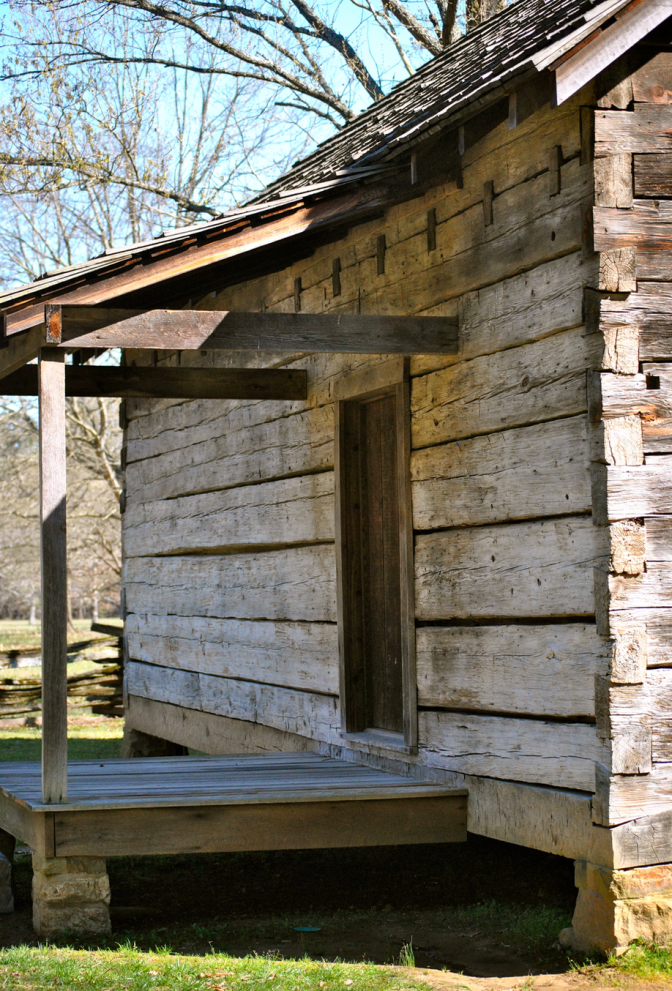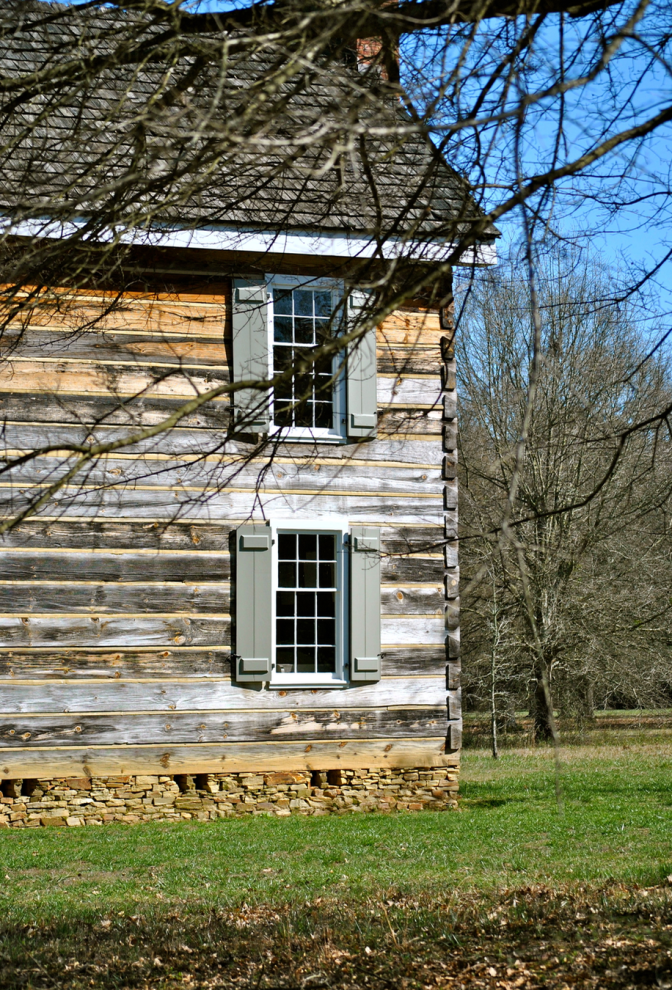These days the headlines are filled with images of protestors filling city streets over perceived offenses. The mass media provides the stage and they provide the drama. Not satisfied with just expressing their dislike or disagreement, they take it further by destroying public property and enciting violence, somehow thinking this aids the cause at hand. But it doesn’t. Overuse of the bullhorn has rendered most Americas deaf to these expressions of “freedom.” While these scenes rage on, almost none of them hold a candle to the injustice dealt to the Native American Indian.

Here in the South, we have all heard of the civilized tribes of the East, nations such as the Creek, Chickasaw, Choctaw, and Seminole – all of whom suffered at the hands of the invading Europeans during the 17th to 20th centuries. But the one that arguably holds the trophy for the most unjust treatment is the Cherokee. To this day, throughout the Southeast, you will see signs marking the route of the infamous Trail of Tears – a trail of genocide that even time can’t erase.

Entire families were force-ably removed from their homes with no time to gather any belongings, taken to hastily erected stockades – essentially prisons with log walls – and indiscriminately forced to walk hundreds of miles west, far from their home or anything they knew. The old and young suffered horribly along the journey, up to four thousand dying on the trail only to be left behind in hastily dug shallow graves. Those that survived the journey were left to fend for themselves on lands at the edge of wilderness. This forced removal was the death blow to the Cherokee Nation of old.


To understand the depth of the cataclysm that occurred, it is necessary to review what came before. At the time of the removal, the Cherokee Nation had a functioning government body established in a capital city, a tribal newspaper, and a written language. The leaders of the Nation that met in the 1820’s in what is today called New Echota were educated landowners that spoke English. They tried their best to work within the established laws formed by the US government, but greed stacked the cards against them.



Visiting New Echota today, you’ll find a nondescript plat of land across from a golf course. Although there are a few buildings original buildings, most are reconstructions built to give visitors a feel for what this former capital would have been like in the early 1800’s. There is a tribal council house, a court house, several log cabins, and a print shop which is reminiscent of where the Cherokee Phoenix (ᏣᎳᎩ ᏧᎴᎯᏌᏅᎯ) was once produced. As you walk around the property, signs are present to point out what once was a ball field and where the town square once stood. Today these are all empty grassy areas, so a bit of imagination is necessary to envision the life that once existed in this place.
New Echota is the personification of a burning candle which has been snuffed out. Her former residents, now banished to reservations and much reduced in number, were the original settlers of this land. Not just in Georgia, but throughout parts of the Carolinas, Tennessee, and northern Alabama, the Cherokee, a noble people, once were free to roam and live life as they saw fit – co-existing in harmony with the bounties of Mother Nature. They could never have known what tragedies were in store, but they bore them with pride and grace.
They were the original innocents of this land we now call America.
All photos not marked are by the author.
This is true, but don’t forget the Sioux that suffered as well at Little Big Horn and Wounded Knee.
LikeLike
Agreed – the Sioux at Wounded Knee is another heartbreaking example.
LikeLike
I could tell you researched your topic. Well done!! The article was interesting with good visuals.
LikeLiked by 1 person